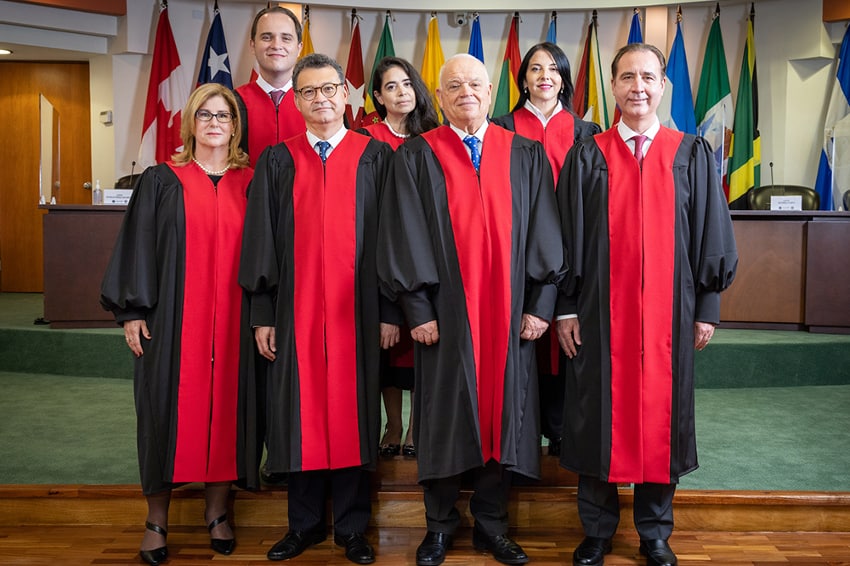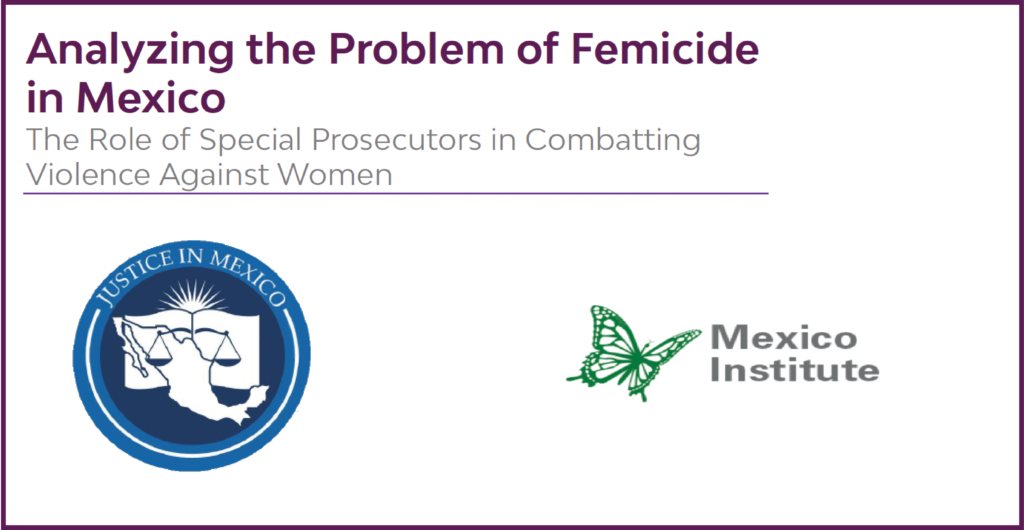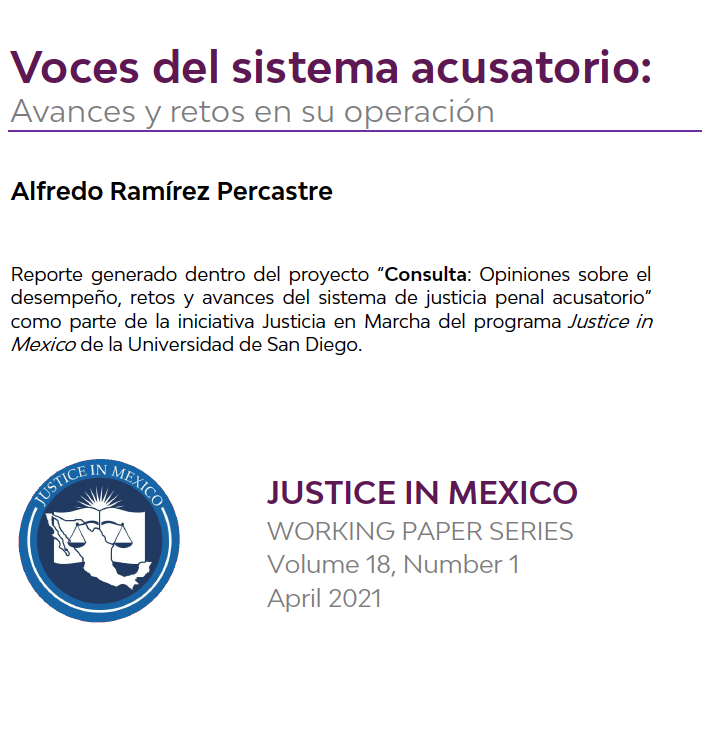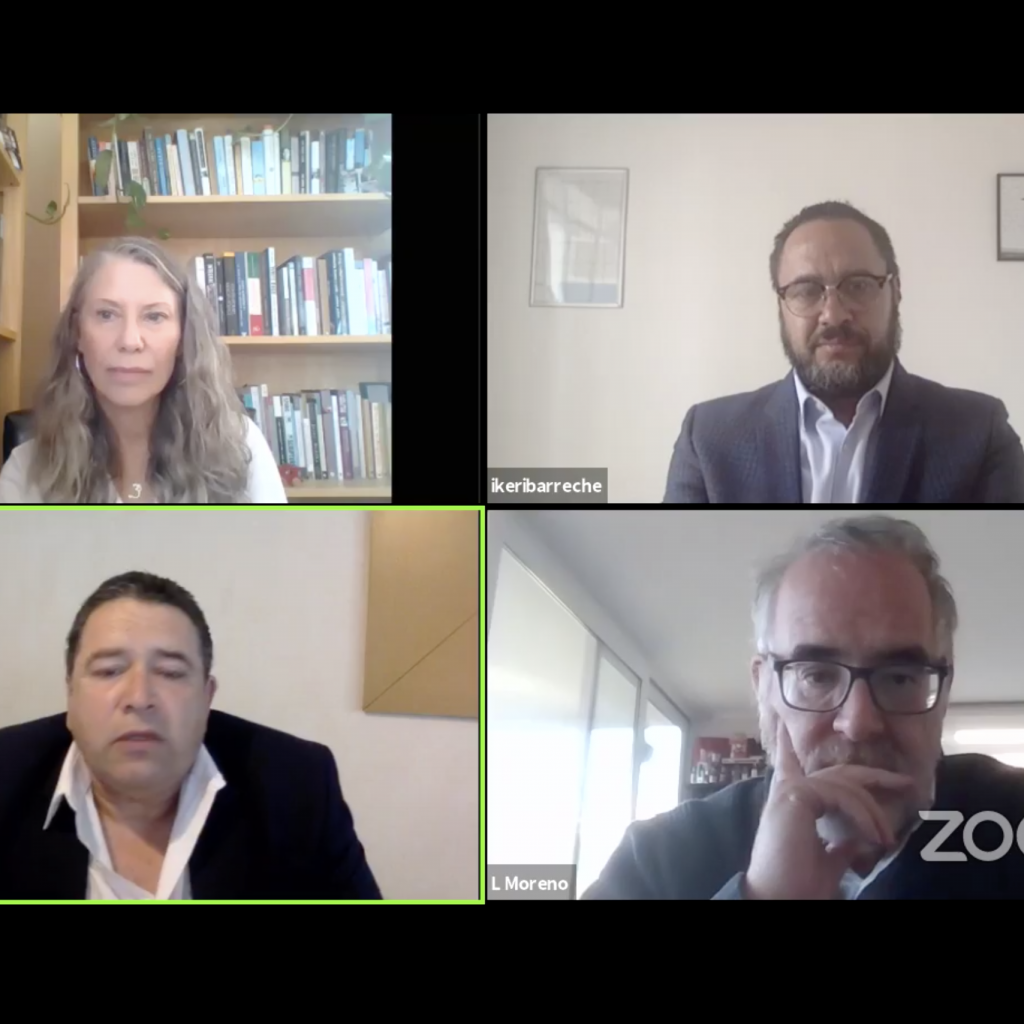
01/04/15 (written by kheinle) — States throughout Mexico have less than six months to implement the New Criminal Justice System (Nuevo Sistema de Justicia Penal, NSJP). The constitutionally imposed deadline of June 18, 2016 continues to put pressure on the states to comply. However, at the close of 2015, the majority of Mexico’s 31 states and Federal District (Distrito Federal, DF) has not yet fully implemented or, in some cases, even substantially implemented the NSJP, leaving significant work for the New Year.
For state level reforms, there are six states with fully implemented and operational new judicial systems: Chihuahua, Durango, Morelos, Nuevo León, State of Mexico (Estado de México, Edomex), and Yucatán. Chihuahua was the first state to comply, having been ahead of the 2008 constitutional amendments when it reformed its own Code of Criminal Procedures (Código de Procedimientos Penales) in 2007 that led to the construction of more than 20 new courthouses and courtrooms for oral trials and audiencias de garantía, a special type of hearing under the NSJP. Durango, however, was the first state to comply with the state and federal guidelines, reforming its system at both levels. When oral trials were first heard in the state in December 2009, Durango earned the recognition. Meanwhile Morelos, Nuevo León, and Edomex were, along with Chihuahua and Durango, states that began judicial system reform before 2008. Yucatán’s implementation was at a slower pace, but to date all 35 of the state’s municipalities are in compliance. Along with Chihuahua and Durango, Yucatán is also up to date with federal reforms.

Nine more states are also close to having the NSJP fully implemented and operational, being classified as “mid to high level” (medio alto) in terms of its progress by the Mexican government. These states include Baja California, Chiapas, Coahuila, Colima, Federal District, Guanajuato, Hidalgo, Querétaro, and Zacatecas. Of those nine, more than half are also in compliance at the federal level (Chiapas, Coahuila, Guanajuato, Querétaro, and Zacatecas). 15 other states then classify at mid-level (medio) implementation at the state level: Aguascalientes, Campeche, Guerrero, Michoacán, Nayarit, Oaxaca, Puebla, Quintana Roo, San Luís Potosí, Sinaloa, Sonora, Tabasco, Tamaulipas, Tlaxcala, and Veracruz. Of those, six are also in compliance at the federal level (Nayarit, Oaxaca, Puebla, San Luis Potosí, Sinaloa, and Tlaxcala).
The remaining two, Baja California Sur and Jalisco, round out Mexico’s 31 states and Federal District, being classified as mid-low level (medio bajo). According to the Mexican government, at the close of 2015, there was only one municipality in Baja California Sur with the NSJP operational, though it is slated to launch in a second municipality in early January 2016. That leaves three more to become compliant before June. Although it started late in the process, Jalisco has been gradually implementing the new system since October 2014, and is planning a push in mid-January to launch in three more municipalities. Neither Baja California Sur nor Jalisco have yet to comply with the federal reforms.
Despite the quickly approaching June 2016 deadline and significant amounts of work remaining nationwide for states to conform and comply, advocates and analysts have called for Mexico to prioritize quality reform over quantity. Specifically, the Washington Office on Latin America (WOLA) argued in September 2015 after President Peña Nieto (2012-2018) released his Third Governmental Report (“Tercer Informe de Gobierno”) that 40% of the country lacked NSJP implementation. Still, WOLA argued, that does not mean Mexico should privilege quantity over quality, meaning Mexico ought to focus on implementing and operating the system at high levels rather than operating a judicial system at a low quality with low effectiveness across more of the country. “Rather than rush to check boxes, meet requirements, and present immediate results,” WOLA said, “what is important now is to continue to work steadily to overcome obstacles and achieve established goals, even after the 2016 deadline is reached.”
Sources:




